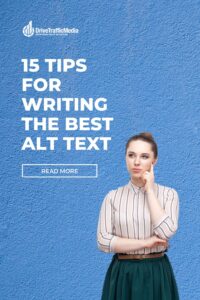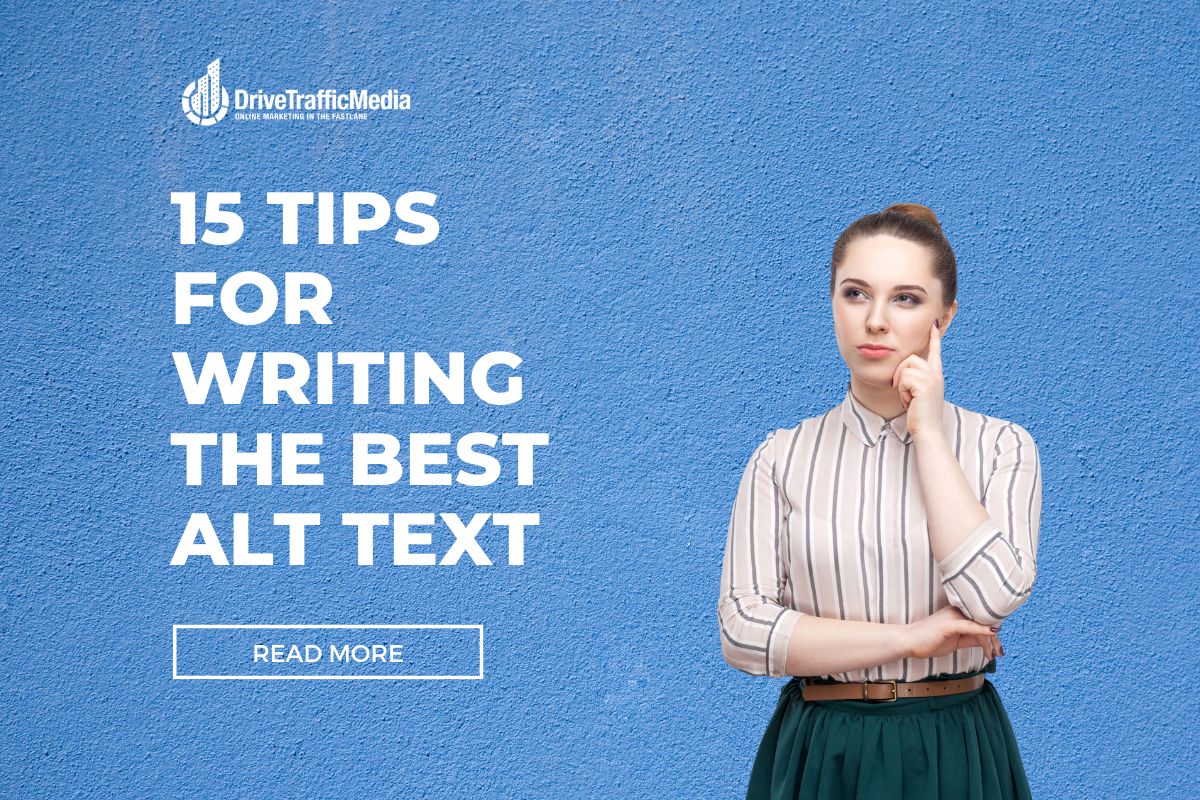Alt text (alternative text) is an essential aspect of web accessibility, as it provides a textual description of images for users who may not be able to see them. When used correctly, alt text improves the user experience, assists with Irvine SEO, and ensures that your website is inclusive to all visitors. Here are some tips for using alt text correctly on your website:
1. Be Descriptive
Alt text should be descriptive and convey the purpose and content of the image, and it should provide information about the visual details and context that users may miss. Use concise and clear language to describe the image accurately.
2. Keep It Concise
While being descriptive, it’s crucial to keep alt text concise. Aim for around 125 characters or less to ensure it is easily scannable and doesn’t overwhelm screen reader users.
3. Omit Repetition
Avoid duplicating information that is already present in the surrounding text. If the image is accompanied by a caption or heading that adequately describes it, you can omit redundant details in the alt text.
4. Keyword Relevance
Incorporate relevant keywords into your alt text, but do so naturally. Consider what words or phrases someone might use to search for the information or topic related to the image. However, avoid keyword stuffing or using irrelevant keywords, which may harm your SEO efforts.
5. Decorative Images
For decorative or purely aesthetic images that don’t add meaningful content, you should use empty alt text (alt=””). This informs screen readers to skip the image, reducing unnecessary auditory clutter.
6. Contextualize Links
If an image is a link, the alt text should describe the image and indicate the link’s destination. For example, instead of “Click here,” use alt text like “Read more about XYZ.”
7. Captions and Descriptions
If an image contains complex information or data, consider providing a caption or longer description alongside the alt text. This information can be placed in the surrounding text or provided via an accessible link.

8. Dynamic Content
For images that change dynamically or as part of a slideshow or animation, ensure that the alt text is updated accordingly to reflect the current content or meaning of the image.
9. Testing and Verification
Regularly test the accessibility of your website, including the alt text, using screen reader software or accessibility tools. Ensure the alt text is read accurately and provides meaningful information about the images.
10. Images with Text
If an image contains essential information, the alt text should convey that information. However, using actual text on the page is generally better than embedding text within images, as it is more accessible and searchable.
11. Images of Text
When using images to display text content, provide the actual text in the HTML rather than relying solely on alt text. This ensures that screen readers and search engines can access and understand the text.
12. Company Logos
Use alt text to describe company logos, especially if they provide essential information or serve as a navigation element. However, empty alt text can be used if the logo is purely decorative and doesn’t convey relevant information.
13. Localization
If your website supports multiple languages, remember to provide alt text in the appropriate language for each image to ensure inclusivity for users of different linguistic backgrounds.
14. Responsive Design
Ensure your website’s responsive design includes appropriate alt text for images displayed on different devices. Test the alt text’s readability and relevance across various screen sizes and resolutions.
15. Training Content Creators
Educate content creators and contributors about the importance of alt text and provide guidelines on how to write compelling alt text. Please encourage them to follow the best practices discussed here.
Read the related blog here: https://www.drivetrafficmedia.com/what-you-need-to-know-about-alt-text/
